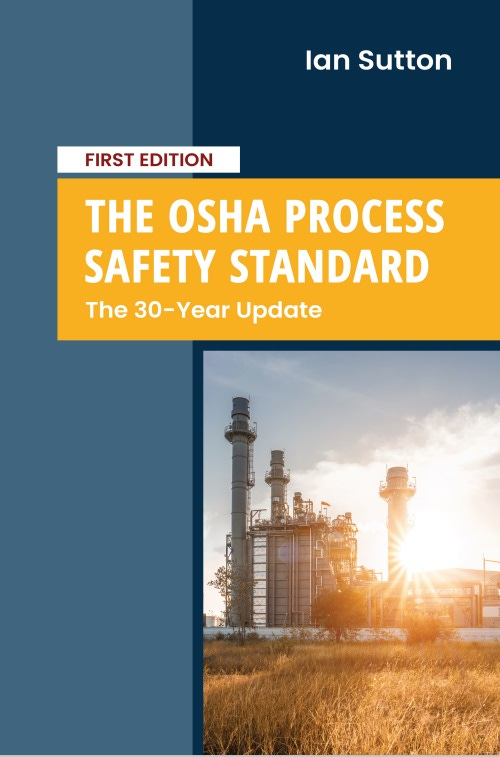In 2022 the BP refinery in Toledo, Ohio experienced a large fire in which two men were fatally injured. In this series of posts we discuss the valuable lessons that we can learn from the latest Chemical Safety Board (CSB) report to do with that event.
The first post in this series, Chemical Safety Board Report: Naphtha Release and Fire, provided an introduction to the CSB’s report on this accident.
The second post, Chemical Safety Board Report: A Wicked Problem, noted that the refinery had implemented standard hazard analysis procedures and practices. These included Process Hazards Analyses (PHAs), Layers of Protection Analysis (LOPA), and Safety Instrumented Systems (SIS). Nevertheless, two men died. In that post we suggest that new ways of thinking are called for. The Wicked Problem approach is one option.
In this post, the third in the series, we consider the CSB recommendation to do with Stop Work Authority.
Stop Work Authority
The pertinent recommendation number is 2022-01-I-OH-R3. It states,
Develop and implement a policy or revise existing policy that clearly provides employees with the authority to stop work that is perceived to be unsafe until the employer can resolve the matter. This should include detailed procedures and regular training on how employees would exercise their stop work authority. Emphasis should be placed on exercising this authority during abnormal situations, including alarm floods.
The basic idea behind Stop Work Authority is that, if a worker sees a dangerous situation developing, he or she can stop the sequence of events. This gives everyone a change to take a break, make a cup of tea, and to decide what to do next. The worker has the authority to make that change, and he or she cannot be disciplined, even if it turns out in hindsight that the action was incorrect.
The importance of Stop Work authority is stressed in the offshore SEMS regulation from BSEE (the U.S. Bureau of Safety and Environmental Enforcement). Both the Deepwater Horizon and Piper Alpha catastrophes would have been much less serious had preventive action been taken in the early phases of the event.
For example, in the case of the Deepwater Horizon event, had the workers on the rig decided to manually trip the blowout preventer, the incident would never have developed the way it did.
OSHA Update
OSHA has proposed adding Stop Work authority to its Process Safety Management standard. This new provision would allow a qualified operator to partially or completely shut down an operation or process based on the potential for a catastrophic release. Further information is provided in our book The OSHA Process Safety Standard: The 30-Year Update.
Concerns
It is important to distinguish between ‘Stop Work’ and ‘Stop the Process’ authority. ‘Stop Work’ tends to be about Occupational Safety. For example, if a worker observes an unsafe work activity, such as a crane load swinging too close to process equipment, it makes sense to stop that activity until the unsafe condition is corrected. ‘Stop the Process’, on the other hand, is more to do with process safety, and is often a difficult decision to make, particularly on a complex, steady-state operation with lots of feedback loops. A sudden shutdown may aggravate an already hazardous condition.
The CSB Recommendation
Given this background, it is useful to evaluate the CSB recommendation.
Develop and Implement a Policy
Such a policy needs to differentiate between ‘Stop Work’ and ‘Stop the Process’.Detailed Procedures and Training
In principle, this is a good idea. The catch is that there are an enormous number of abnormal situations that can occur; it is not possible to create procedures and training for all of them. The situation is more akin to the training provided to first responders.
Alarm Flooding
Another recommendation from the report is to do with alarm flooding. This topic will be discussed in another post.







Thank you for sharing and I have couple of questions
1- CSB ask to include the stop work to PSM- it will under safe work permit!! In which condition will apply?
2- as highlighted it should be distinguish between stop work and stop process. The process safe guard is SIS and PSV and those protection layers based on Hazop recommendations, how can the operator judge if catastrophic situations or not to stop the process.